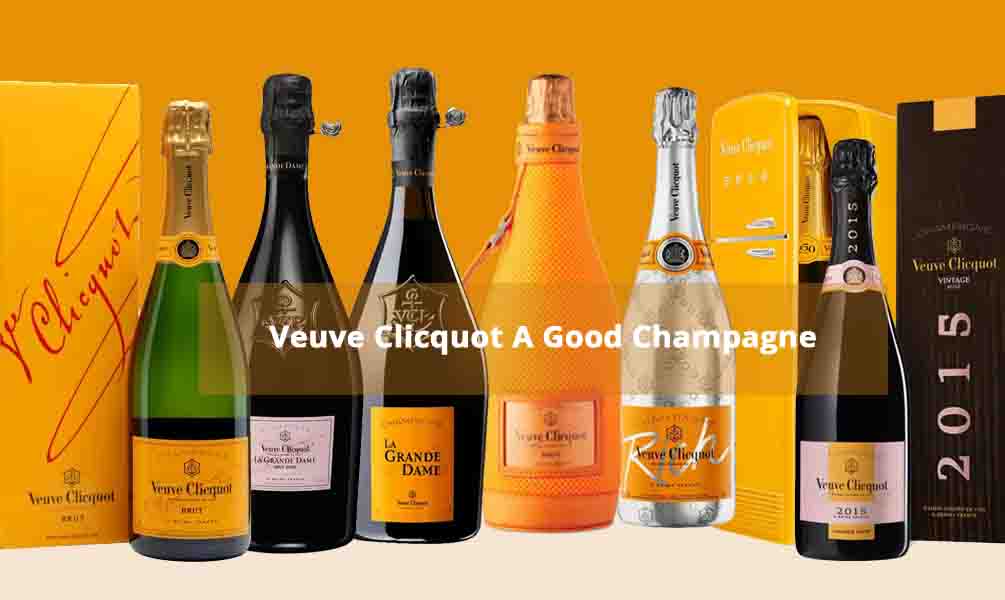
In any celebration of life, a bottle of champagne never fail to impress with its fanciful, confetti-like burst of refined effervescence, taste, and elegance. When it comes to nailing a good bubbly, undoubtedly options are downsized, with the yellow fever of Veuve Clicquot smudging most of the shelves. But what truly makes Veuve Clicquot so special? Is it worth all the attention, or are bubbly lovers missing out on better options, fooled by hyped marketing gimmicks?
Worry not; you are not alone. This dilemma has had many bubbly lovers scratching their heads, and we have you covered with this in-depth blog post that uncovers the mystery of whether Veuve Clicquot good champagne or not. If yes, what makes Veuve a good champagne? Its notable champagne bottles, competency among other champagne brands, critic critiques, and more quirky elements surround this hot topic.
Not only will this post boost your bubbly knowledge a little extra, but it will also help you make an informed choice for your next toast.
Is Veuve Clicquot Champagne Good?
Yes, Veuve Clicquot is a good champagne brand. It is well-regarded for being consistently good in quality, heroic with the past, trailblazer in effort, and a pleaser that never fails to impress. Beloved by wine critics and experts for its impressive taste, effervescence, and strong visual identity, it has grown to be one of the most popular champagnes in the world.
Perfect for gift-giving and celebrating milestones such as Birthdays, Holidays, Wedding, Corporate Events, Anniversaries, Graduations and more, Veuve sells a staggering 1.3 billion dollars annually. Underscoring its impact on the US market, Veuve ships 400,000 cases, out of the 1.5 million cases (18 million bottles!) sold annually, to the US alone, and this number continues to rise.
Best Veuve Clicquot Champagne: Discover the Top Bottles of This Iconic Brand
With a plot worth munching a tub of popcorn over, it's time to celebrate the climax with Veuve Clicout's best champagne bottles, showcasing the house's finesse to the core. Each bottle is magnetically charged with the charm of a trailblazer that never forgets its prolific roots.
On top of that, Veuve Clicquot’s portfolio is impressively extensive, making it versatile for both connoisseurs and casual enthusiasts alike. From approachable non-vintage Brut to refined vintages and quirky expressions, there is something to suit every taste and style preference. So join us with suits on, and get ready to dive deep into the essence of these distinguished bubblies:
Veuve Clicquot Yellow Label Brut Champagne
- Appearance: Golden-Yellow, Fine Bubbles
- Dosage: 9 G/L
- Flavor Profile: Fresh, Strong, Aromatic Richness, Silky
- Aging Potential: 3-5 Years
- Food Pairing: Seafood, Poultry, Soft Cheeses
- Serving Temperature: 46.4°F-50°F
- Best-Suited Occasions: Celebrations, Special Dinners, Toasting Milestones
Since its release in the late 19th century, the Veuve Clicquot Yellow Label Brut Champagne has been the brand's flagship. Easily identifiable by its bright yellow label, this non-vintage bubbly balances the key elements of the house’s style: Freshness, Strength, Aromatic Richness & Silkiness. Bold and balanced, it features a Pinot Noir-dominated blend from 50–60 crus, maintains consistency with reserve wines up to 45%, and becomes even more complex and deep after aging for over 3 years.
Veuve Clicquot Rosé Brut Champagne
- Appearance: Copper Hues, Luminous Perlage
- Dosage: 9 G/L
- Flavor Profile: Full-Bodied, Silky, Fruity
- Aging Potential: 3 Years
- Food Pairing: Grilled Salmon, Strawberry Salad, Spicy Dishes
- Serving Temperature: 46.4°F-50°F
- Best-Suited Occasions: Romantic Evenings, Garden Parties, Brunches
Veuve Clicquot Brut Rosé champagne echoes the house's innovative spirit, being the first to create a rose d’assemblage back in 1816. This non-vintage pink bubbly is based on Yellow LabeL, tinted 12% with Pinot Noir wine from one of the finest vineyards in Champagne, perfectly expressing their rosé style with elegance and flair. Aged for over 3 years, it flaunts its caliber with a personality that’s audaciously full-bodied, silky and deliciously fruity.
Veuve Clicquot Demi-Sec Champagne
- Appearance: Deep Golden Highlights, Even Effervescence
- Dosage: 45 G/L
- Flavor Profile: Sweet, Fruity, Silky
- Aging Potential: 3-5 Years
- Food Pairing: Blue Cheeses, Fruit Tarts, Spicy Cuisine
- Serving Temperature: 46.4°F-50°F
- Best-Suited Occasions: Afternoon Teas, Festive Brunches, Holiday Gatherings
Symbolizing a sugar saga with its pleasing white label, Veuve Clicquot Demi-Sec Champagne offers a sweet spot for lovers of the finest sweet champagnes. And yes, this delightful elixir is not just sugar-coated; it boasts a blend of predominantly sturdy Pinot Noir, fruity Meunier, and fresh Chardonnay. Like most Veuve blends, it is cultishly consistent, with reserve wines making up to 45% of the mix, and archives a silky smoothness from aging in crayères for over 3 years.
Veuve Clicquot Rosé 2015 Vintage Brut Champagne
- Appearance: Deep Rose Color, Persistent Stream of Bubbles
- Dosage: 8 G/L
- Flavor Profile: Aromatic, Complex, Berry Notes
- Aging Potential: 15+ Years
- Food Pairing: Duck, Charcuterie, Strawberry Desserts
- Serving Temperature: 50°F to 53.6°F
- Best-Suited Occasions: Gourmet Dinners, Special Anniversaries, Fine Dining
Offering its rosé style with a vintage twist, Veuve Clicquot Rosé 2015 Vintage Champagne badges the house's mastery in blending for a single year. Crafted from mostly Pinot Noir with touches of Meunier and Chardonnay, all handpicked from Grand and Premier Crus, this bubbly gets its big blush with 13% Grand Cru Bouzy Pinot Noir red wine. Additionally, it undergoes creative aging, with 11% of the blend matured in large oak casks prior to bottling, thereby enhancing its strength, aromatic intensity, and complexity.
Veuve Clicquot La Grande Dame Brut Champagne
- Appearance: Gleaming Gold Color, Fine Bubbles
- Dosage: 6 G/L
- Flavor Profile: Brisk, Finesse, Floral Notes
- Aging Potential: 15+ Years
- Food Pairing: Lobster, Caviar, Creamy Risotto
- Serving Temperature: 50°F to 53.6°F
- Best-Suited Occasions: Prestigious Events, Formal Gatherings, Exclusive Celebrations
Around 1972, the house launched Veuve Clicquot La Grande Dame Brut champagne as a tribute to Madame Clicquot. Defined by the house as “The Signature of a Unique Style and Excellence," this bubbly blends 90% the most expressive Pinot Noir with 10% Chardonnay, promising a sensation of briskness and finesse. Sourced from eight historical crus and aged for over seven years, it’s celebrated vintage after vintage through prestigious and artistic collaborations, notably with Yayoi Kusama and Paola Paronetto.
Veuve Clicquot La Grande Dame Rosé Brut Champagne
- Appearance: Salmon Pink Color, Coppery Sparkle
- Dosage: 6 G/L
- Flavor Profile: Vibrant, Mineral, Fruity
- Aging Potential: 15+ Years
- Food Pairing: Grilled Shrimp, Berry Sorbet, Light Cheeses
- Serving Temperature:50°F to 53.6°F
- Best-Suited Occasions: Luxury Celebrations, High-End Parties, Artistic Events
The La Grande Dame Rosé, based on La Grande Dame Brut Champagne, aims to pay homage to Madame Clicquot while taking the experimental element of the house’s Prestige Cuvee lineup to new heights. This pink bubbly is a “Solaire Vintage," as the house defines it. Infused with 13% red wine from Parcelle Clos Colin, a historic cru terroir in Bouzy, it boasts a salmon pink hue with a coppery sheen. The taste is simply extraordinary, blending vibrant fruitiness with a refined mineral complexity.
Veuve Clicquot Rich Doux Champagne
- Appearance: Bright Gold and Dazzles
- Dosage: 60 G/L
- Flavor Profile: Sweet, Aromatic, Tropical
- Aging Potential: 3-4 Years
- Food Pairing: Spicy Mango Salad, Vanilla Desserts, Soft Cheeses
- Serving Temperature:46.4°F-50°F
- Best-Suited Occasions: Cocktail Parties, Innovative Mixology Events, Tropical-Themed Gatherings
Introducing the star of Veuve's Rich Collection, inspired by the long-standing tradition of extra-sweet blended champagnes, customarily called "Rich." Crafted from Pinot Noir, Meunier, and Chardonnay sourced from 50–60 crus, this bubbly is aged to perfection and given a high dosage for a sensational aroma that makes it famous. Designed for mixology, or more precisely, "Clicquology," it is a must to try this drink as a cocktail on the rocks with pineapple, grapefruit zest, cucumber, and tea.
Does Veuve Clicquot Champagne Have an Orange Label?
It’s amusing how Veuve has evoked a literal frenzy among its fans regarding the color on its labels —are they yellow or orange? In this tug of war between these warm colors, yellow is spot-on! The Veuve Clicquot’s color is actually yellow, not orange. The orange perception mostly comes from lighting, individual color perception, different contexts like photographs and the use of dark fonts on the label.
Interestingly, few know that the unique yellow color was actually trademarked by Veuve Clicquot, precisely on February 12, 1877, and since then has been used as a distinctive branding tool for its labels and packaging. For a quick peek-a-boo, here’s a splurge of its iconic yellow color smudged on its popular limited editions packaging:
Is Veuve Clicquot Champagne Expensive?
Veuve Clicquot champagne is considered high-end, though not as expensive as ultra-premium brands like Dom Perignon and Krug. It offers a balance between quality and affordability, with a bottle of Veuve Clicquot Brut Yellow Label retailing from $60 to $90, making it accessible for many champagne lovers. However, bottles crafted with more effort and time, such as those in vintage styles, can be significantly more expensive. The high-end prestige cuvée, La Grande Dame, costs more than $200 per bottle.
Larger bottle sizes are generally more expensive due to the increased quantity and lower production numbers. For example, the standard Brut Yellow Label 750 ml costs $60–$90, but $150–$250 in Veuve Magnum size (1.5 L) and $400–$550 in Veuve Jeroboam size (3 L). Additionally, bottles in a limited edition lineup often come with exclusive packaging, adding to their cost.
The location of sales also has an impact on pricing, which is influenced by factors such as taxes, import duties, shipping costs, currency exchange rates, and local market demand. For example, the Brut Yellow Label may cost $80-$110 in Canada but ranges from $60-$90 in the United States.
For deeper insights, check out our recent blog post, "Veuve Clicquot Price Guide," and shop from our Veuve Clicquot Gifts collection to sip and share the goodness of Veuve champagnes at competitive prices, that too in the twist of chic glasses, quality accessories, personalization options, and gourmet gift baskets, sets, and boxes.
What Makes Veuve Clicquot a Good Champagne?
Veuve Clicquot stands out as a high end champagne due to its relentless innovation, introducing techniques like the riddling table for clarity and consistency. Its production adheres to the highest standards, using premium Pinot Noir for depth and elegance. The brand’s marketing and branding cultivate an aspirational lifestyle, enhancing its prestige. Esteemed critics admire its refined complexity, while renowned winemakers recognize its craftsmanship. Acclaimed sommeliers praise its balance and signature freshness. With numerous awards and accolades, Veuve Clicquot continues to set the benchmark for excellence. These qualities make Veuve Clicquot a good champagne, loved by connoisseurs worldwide.
Its Jaw-Dropping History Spanning Over 250 Years



In the champagne world, the tale of Veuve Clicquot seems ancient, with narratives spanning over 250 years. To your surprise, the Clicquot empire rooted itself in banking and wool trading, possessing only a few vineyards. It was in 1772 that Philippe Clicquot-Muiron founded the Clicquot House. However, the house faced a crisis when his son Francois died too young in 1805, handing over the reins of business to his 27-year-old widow, Barbe-Nicole Ponsardin. This pivotal moment ignited a spark that set the Clicquot House on a path of unprecedented success, thus earning it the name 'Veuve Clicquot', which literally means 'Widow Clicquot’ in French.
Barbe-Nicole Ponsardin, aka Madame Clicquot, was one of the first businesswomen of the modern era, earning a pioneering reputation in international wine sales and champagne. Under her visionary leadership and innovative spirit, she transformed the company into a global champagne powerhouse. The brand navigated every challenge time threw at it, gradually becoming the signature drink of the elite and the first bubbly to be marketed worldwide, generating a feverish obsession among its drinkers.
Even today, with the same fervor and perseverance, Veuve Clicquot is a good champagne, more of a symbol of luxury and excellence. Its 1986 association with the LVMH Group has further bolstered its stability and success, giving the house a controlling interest in Australia's Cloudy Bay Vineyards.
Its Innovative Spirit That’s Unstoppable

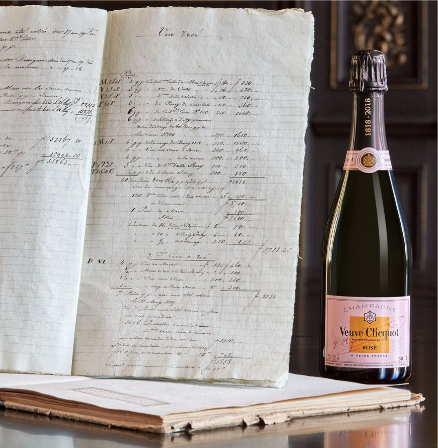
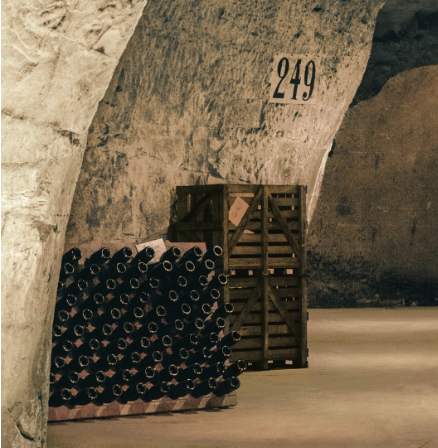
As Veuve Clicquot defines Madame Clicquot, she possessed “the power of audacity” and “a solar destiny." Undoubtedly, she was a young, bold, driven, and visionary entrepreneur who believed in taking risks and had her gambles pay off handsomely. During her reign, the Clicquot House introduced innovations that not only kept the company head and shoulders above other market players but also revolutionized the champagne world.
Early 1800s - Breaking Through the Russian Blockade
Embracing the house’s motto of “crossing borders," Madame Clicquot seized the first-mover advantage when the Continental blockade was lifted after the Napoleonic wars. Through various tactics, she distributed bottles to the royal courts, becoming a favorite among the European nobility. In total, 10,500 bottles of 1811 Veuve Clicquot champagne were shipped to Saint Petersburg, catching the appreciation of cultural figures like Pushkin, Chekhov, and Gogol.
1810 - Creation of the First Vintage Champagne
Madame Clicquot proves her innovative prowess by creating the first recorded vintage champagne in the region. The idea was a big hit, renewing success and leading to a second attempt in 1811, also known as the “comet vintage," as a comet screeched over Veuve’s vineyards, heralding its exceptional quality as a good omen.
1811 - Sabering: Showing the World How it’s Done!
Around 1811, when Madame was forging connections with her Russian guard friends, they would open their bottles right there at their posts by slicing the tops with swords, not knowing any other way. The practice caught off, and sabering remains a celebrated tradition today, adding flairful drama to celebrations.
1816 - Invention of the Riddling Table
Back in the day, champagne making was time-consuming, with no way to remove sediment from bottles. To address this, Madame invented the first riddling table, which allowed bottles to hang at an angle with sediment collecting at the neck. This process, still used today, guarantees a crystal-clear wine.
1816 - Creation of the First Rose d’assemblage
While Ruinart claims to have pioneered rosé champagne, it was actually Veuve Clicquot who first created it by tinting champagne with red wine, unlike the traditional method involving elderberry-based preparation. In spring 2018, Veuve celebrated their rose line-up with really cool products, including a limited-edition anniversary cake and black-foiled rosé bottles.
So these were the testaments to Madame Clicquot's creative forces, which transformed the champagne industry. Even after her passing in 1866, the house continued to innovate, keeping the pioneering spirit of their beloved “La Grande Dame (the Great Lady)” alive.
To honor her legacy, Veuve Clicquot has a committee that ensures every decision aligns with the company’s original vision and spirit of Madame Clicquot, always mindful of their heritage and brand image. Any deviation from this is simply abandoned.
Its Production Standards That are Sky-High
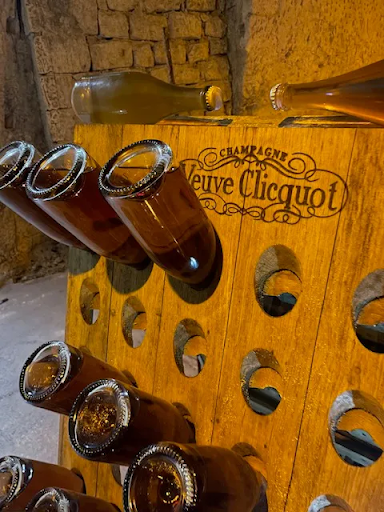

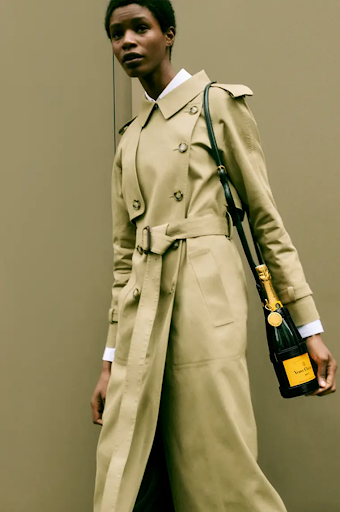
Veuve Clicquot’s artistry is evident in every bottle of its champagne, blending the beauty of its heritage with a bold spirit of doing things in new ways. From viticultural practices to post-harvest craftsmanship, every step takes blood, sweat, and tears to serve a whale of time to every drinker who chooses Veuve for their special moments.
Premier Grape Sourcing
Veuve Clicquot sources its grapes from some of the finest vineyards in the Champagne region, including areas like Montagne de Reims, Côte des Blancs, and Vallée de la Marne, renowned for their exceptional terroir, featuring unique microclimates, soils, and elevations.
While Veuve deals with select growers to ensure a consistent supply of high-quality grapes, particularly Pinot Noir, Chardonnay, and Pinot Meunier, it itself farms 390 hectares of vines, with 95% classified as Grands and Premier Crus.
Masterful Winemaking Techniques
Veuve Clicquot is renowned for its winemaking techniques that sharply control quality and balance tradition with innovation. Beyond its innovative stance on riddling, the house excels as a master blender through the practice of assemblage, blending different grape varieties, vineyards, and vintages to achieve a consistent and balanced flavor profile.
Additionally, Veuve ages its liquid legacies for extended periods: non-vintage ones are aged for a minimum of 30 months, well beyond the legal requirement of 15 months, and vintage champagnes are aged even longer, often exceeding 3 years, to boost complexity and character. Each bottle is aged to its caliber in the house's long stretch of 482 crayèrs (chalk cellars), which the house acquired in 1909 and were recognized as a UNESCO world heritage site on July 5, 2015.
Interestingly, Veuve has also experimented with underwater aging of champagnes in recent years. Possibly, an endeavor sparked by the discovery in July 2010 of 47 well-preserved bottles from Madame Clicquot' era in a shipwreck off Finland's Aland Islands at the mouth of the Baltic. One of these fetched a staggering $39,000 dollars at a 2011 auction.
Masterful Winemaking Techniques
Though Veuve Clicquot has stood the test of time, a 2015 study revealed high levels of pesticides, mainly lead and arsenic, in older vintages. Madame Clicquot permitted these practices to ensure great harvests during her era, but they are now illegal.
In response to this concerning discovery, Veuve has adopted strong eco-friendly measures to let each champagne lover enjoy a glass without the guilt of harming Mother Nature. Here are Veuve’s key achievements in reducing environmental impact through sustainable practices in viticulture and beyond:
- 2002 - Conducted the first carbon footprint assessment.
- 2004 - Achieved ISO 14001 certification.
- 2014 - Received viticulture durable in champagne certification.
- 2018 - Achieved 0% herbicides.
- Ongoing Achievements - 100% organic methods for soil nitrogen, all tractors run on biofuel, no products shipped by plane, and 99% of plots with grass in inter-rows.
- Sustainable yet Innovative Packaging - Lighter bottles for a lower carbon footprint; the famous Ice Jacket made from recycled plastic fibers; the Frayme Veuve clicquot bucket bag made out of plant-based leather, and more.
Its Marketing & Branding That Elevate The Drinking Experience
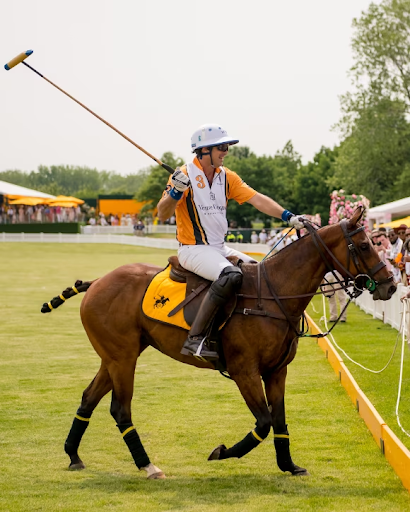
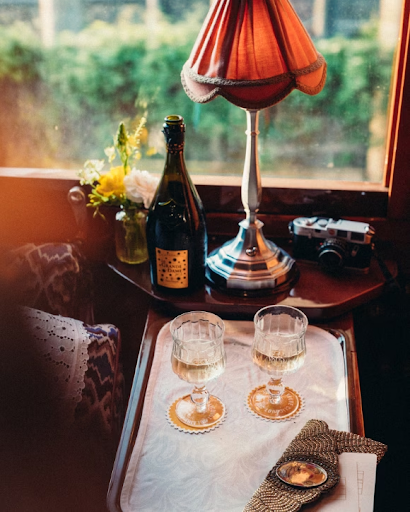
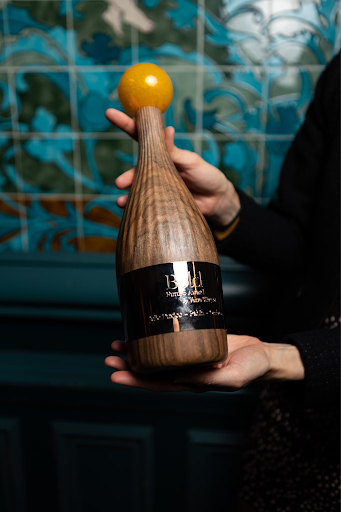
To learn how to leverage marketing and branding effectively, Veuve Clicquot serves as a prime example. The house is deeply committed to its heritage, consistently narrating its rich history. This storytelling element helps build a brand image that makes each bottle feel like a piece of history to both new and loyal customers.
Additionally, by continually evolving its marketing tactics, Veuve maintains a sense of tradition without becoming mired in the past. This approach creates an emotional connection with the brand, making it contemporary, vogue, and delightfully fun. Check out the notable campaigns:
Establishing a High-End Brand Identity Through Signature Events
Attracting a Trend-Conscious Audience By Creative Collaborations
- Fashion designers, for instance, have collaborated with London-based designer Stella McCartney to create limited-edition grape-based leather accessories.
- Artists, for instance, have collaborated with Italian ceramic artist Paola Paronetto to create limited-edition gift sets.
- Brands, for instance, have collaborated with Magnum Photos for the recent “Emotions of the Sun” exhibition in New York’s Soho neighborhood.
Experiential Marketing Through Immersive Experiences
- Ongoing Solaire journeys on Belmond Trains, covering three continents from east to west.
- Visually appealing "Yelloween" Halloween campaign.
- Garden Gastronomy: In its lush gardens, blending the finesse of champagne with gourmet cuisine.
- Exclusive Access: Permits visits to cellars, picnic experiences, and private events at their Reims property.
Seasonal Escapades
- Sun Clubs: Offering 31 go-to hot spots to savor its Rich collection during the summer season.
- Clicquot in the Snow: Experience luxury champagne, winter activities, and art in stunning winter landscapes.
Innovative and Sustainable Packaging
Putting sustainable efforts into its feverishly quirky packaging to resonate with modern, eco-conscious consumer preferences.
Strong Digital Presence and Social Media Management
- Featuring an interactive website and user-generated content to enhance digital engagement.
- Engaging users with visually captivating content, influencer partnerships, and campaigns like #LiveClicquot.
Wall of Fame: Veuve Clicquot, In Words of Wine Critics, Winemakers, Sommeliers and Honors
We are confident that these insights have taken you on a journey through the world of Veuve Clicquot, exploring its jaw-dropping history, viticulture practices, production techniques, and marketing strategies that go beyond showbiz. However, it’s always wise to seek an expert's advice for added assurance.
So, come explore the top opinions on whether Veuve Clicquot is a good champagne, as shared by renowned wine critics, winemakers, and sommeliers and through the awards and accolades that Veuve has garnered.
Famed Wine Critics on What Makes Veuve Clicquot a Good Champagne
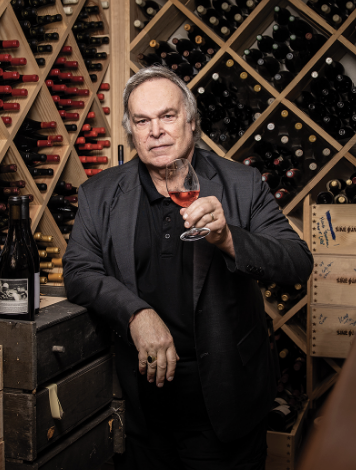
Robert Parker

Jancis Robinson
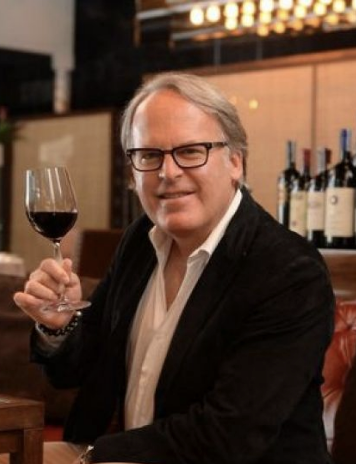
James Suckling
Founder of Wine Advocate and influential in the wine industry with his 100-point wine rating scale, he often praised the consistency and quality of Veuve Clicquot, frequently highlighting its rich, toasty flavor and fine bubbles.
Master of Wine, a prominent wine writer and critic with a sharp palate, appreciates Veuve Clicquot for its balanced acidity and complexity, often commenting on its elegance and refinement.
A former senior editor at Wine Spectator and prolific wine taster with a straightforward rating system, he commends Veuve Clicquot for its vibrant freshness and expressive character, often noting its excellent aging potential.
Famed Winemakers on What Makes Veuve Clicquot a Good Champagne

Michel Roland
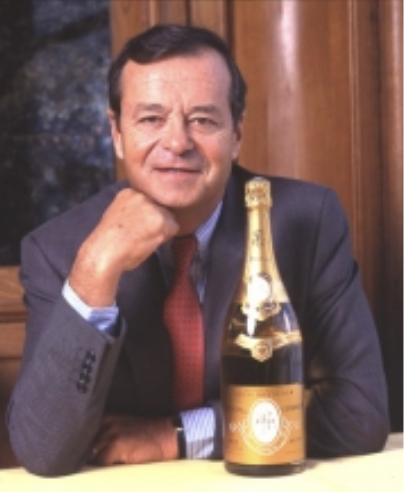
Jean-Claude Rouzaud

Jacques Selosse
Known for his expertise in Bordeaux and his influence on winemaking worldwide, he appreciates the precision and stability in Veuve Clicquot's production, noting its balance and richness.
Former managing director of Louis Roederer, he highly regards Veuve Clicquot for its historical significance and high-quality standards, emphasizing its strong brand heritage.
An avant-garde winemaker known for biodynamic methods, he respects Veuve Clicquot for its craftsmanship, though he often contrasts its large-scale production with his own artisanal approach.
Famed Wine Sommeliers on What Makes Veuve Clicquot a Good Champagne

Pascaline Lepeltie
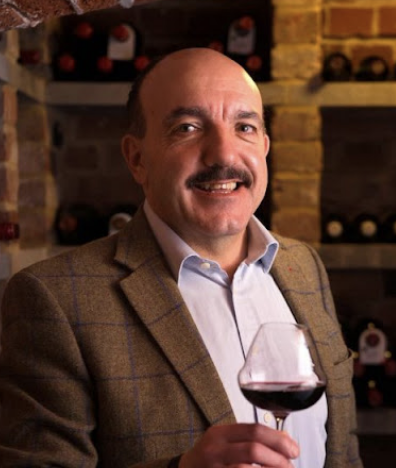
Gérard Basset
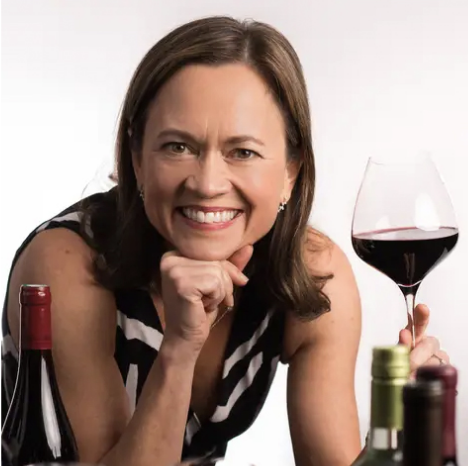
Andrea Robinson
A master sommelier and expert in natural wines, she appreciates Veuve Clicquot for its classic style and evenness, highlighting its balanced acidity and approachable nature.
Master of Wine, Master Sommelier, and Wine MBA, he is a legendary figure in the world of wine who often praises Veuve Clicquot for its quality and elegance, often mentioning its rich history and role in the Champagne industry.
Master Sommelier, wine educator, and author with approachable wine advice, she views Veuve Clicquot as a benchmark for quality Champagne, praising its refined taste and crowd-pleasing characteristics.
Awards & Accolades Won By Veuve Clicquot Champagne House
Veuve Clicquot’s obsession with quality and innovation has earned it numerous awards, pronouncing its status as a leading name in Champagne. Explore the honors that highlight its excellence across global wine competitions and industry standards:
- Champagne Producer of the Year: International Wine & Spirit Competition (2001, 2002, 2005, 2008, 2010)
- Best Sparkling Wine Producer: Champagne & Sparkling Wine World Championships (2012, 2014, 2016, 2018)
- Grand Gold Medal: Concours Mondial de Bruxelles (2016, 2018)
- Grand Gold Medal: Concours Mondial de Bruxelles (2016, 2018)
- Winery of the Year: The Drinks Business Awards (2015)
- Gold Medal: Decanter World Wine Awards (2017, 2020)
- Best Champagne Brand: The Drinks Business Awards (2019)
- Wine Star Award: Wine Enthusiast Magazine (2009, 2015)
- Trophée Champagne: Guide Hachette des Vins (2004, 2006)
- Best of Show Sparkling: Los Angeles International Wine Competition (2013, 2016)
- Gold Trophy: International Wine Challenge (2010, 2015, 2019)
Final Thoughts
In the grand tapestry of Champagne, Veuve Clicquot has carved out a niche that blends tradition with innovation, elegance with audacity. Its history, quality, and unmistakable style make it a beacon in the world of sparkling wines. Whether you’re celebrating a momentous occasion or simply indulging in a glass of luxury, Veuve Clicquot stands ready to elevate your experience.
So, as you toast to life’s moments, whether big or small, remember that Veuve Clicquot is not just a drink; it’s a celebration, a story, and an experience. Share your experiences with Veuve Clicquot and your thoughts on this blog in the comments below. We’d love to hear your stories and continue exploring the world of wine with you. Cheers!!✨





















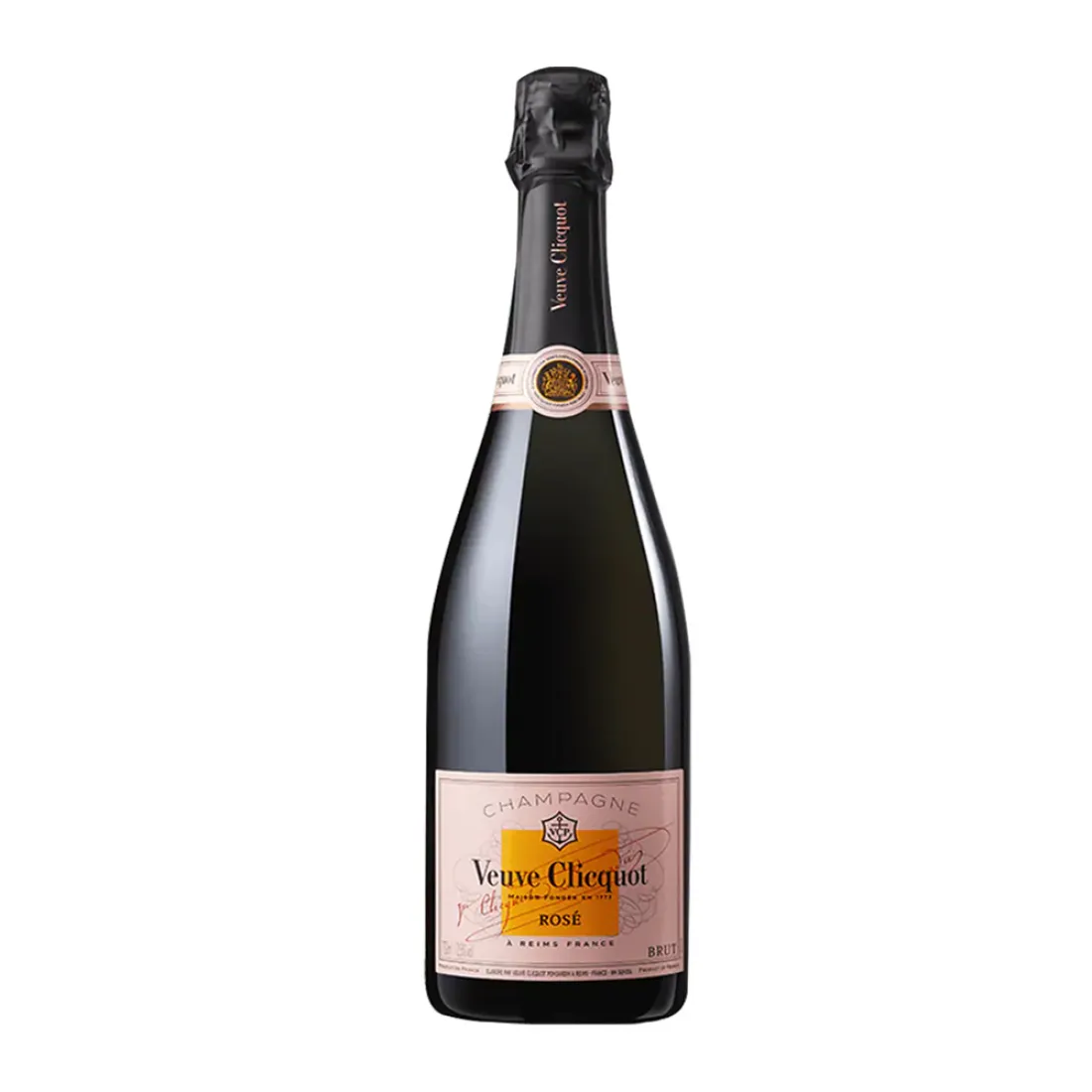
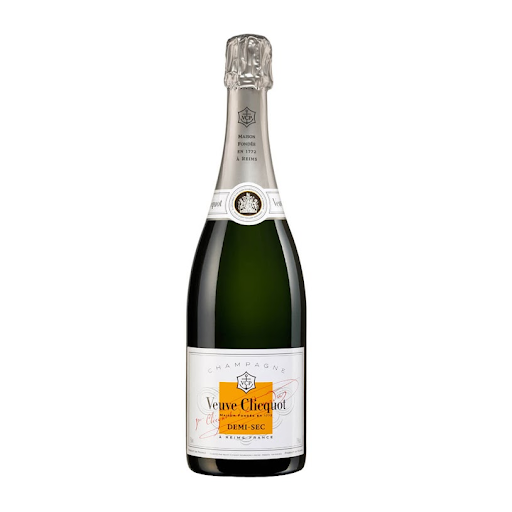
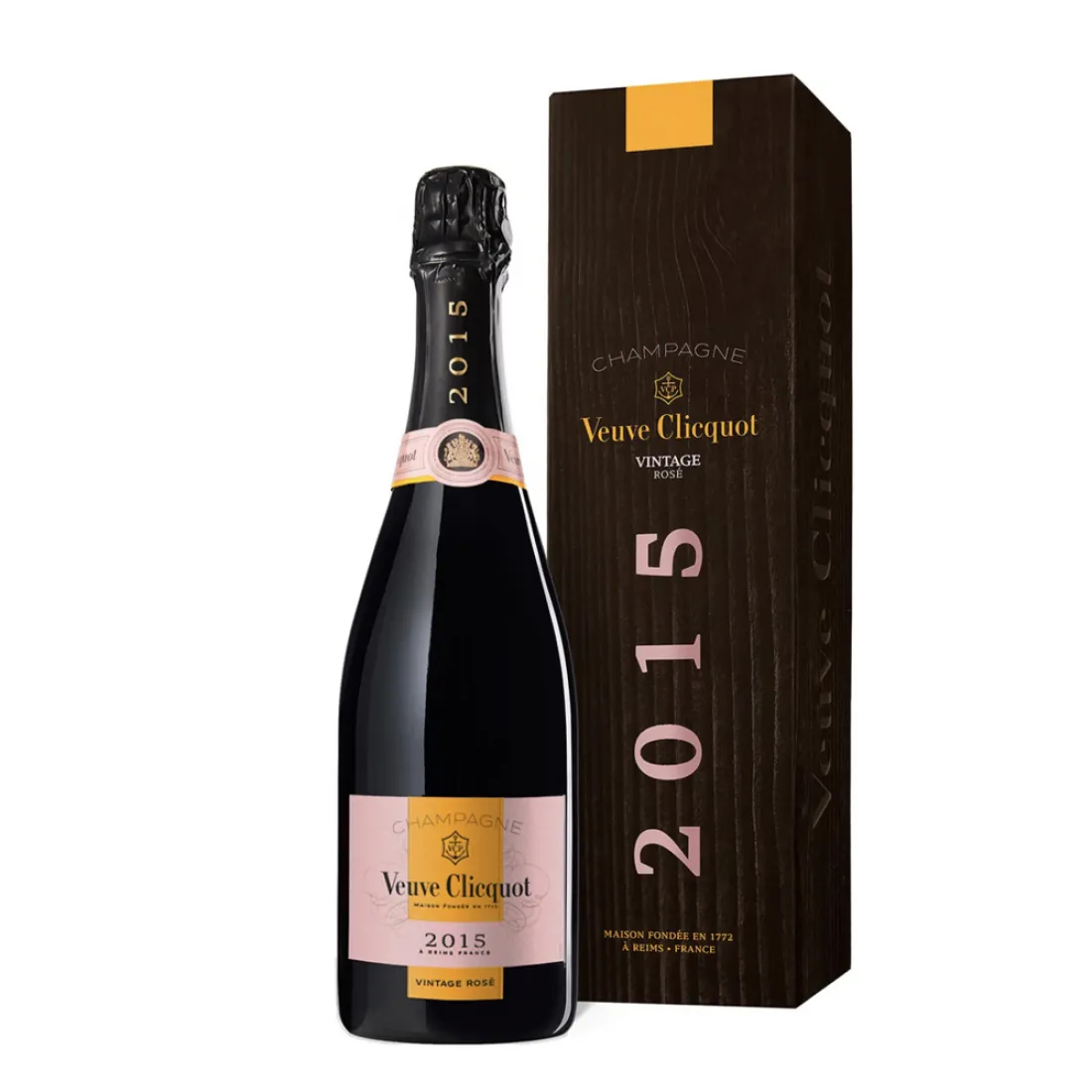
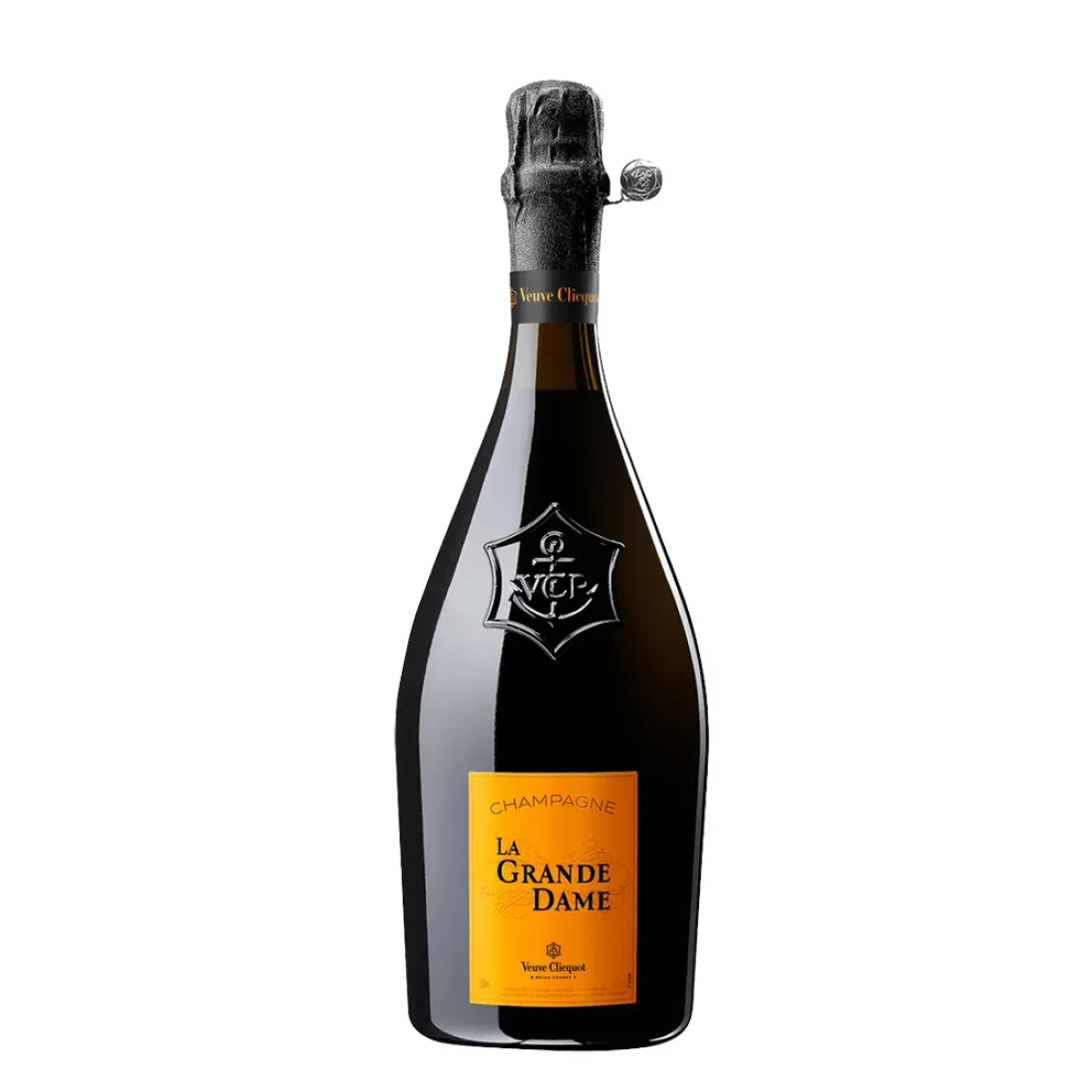

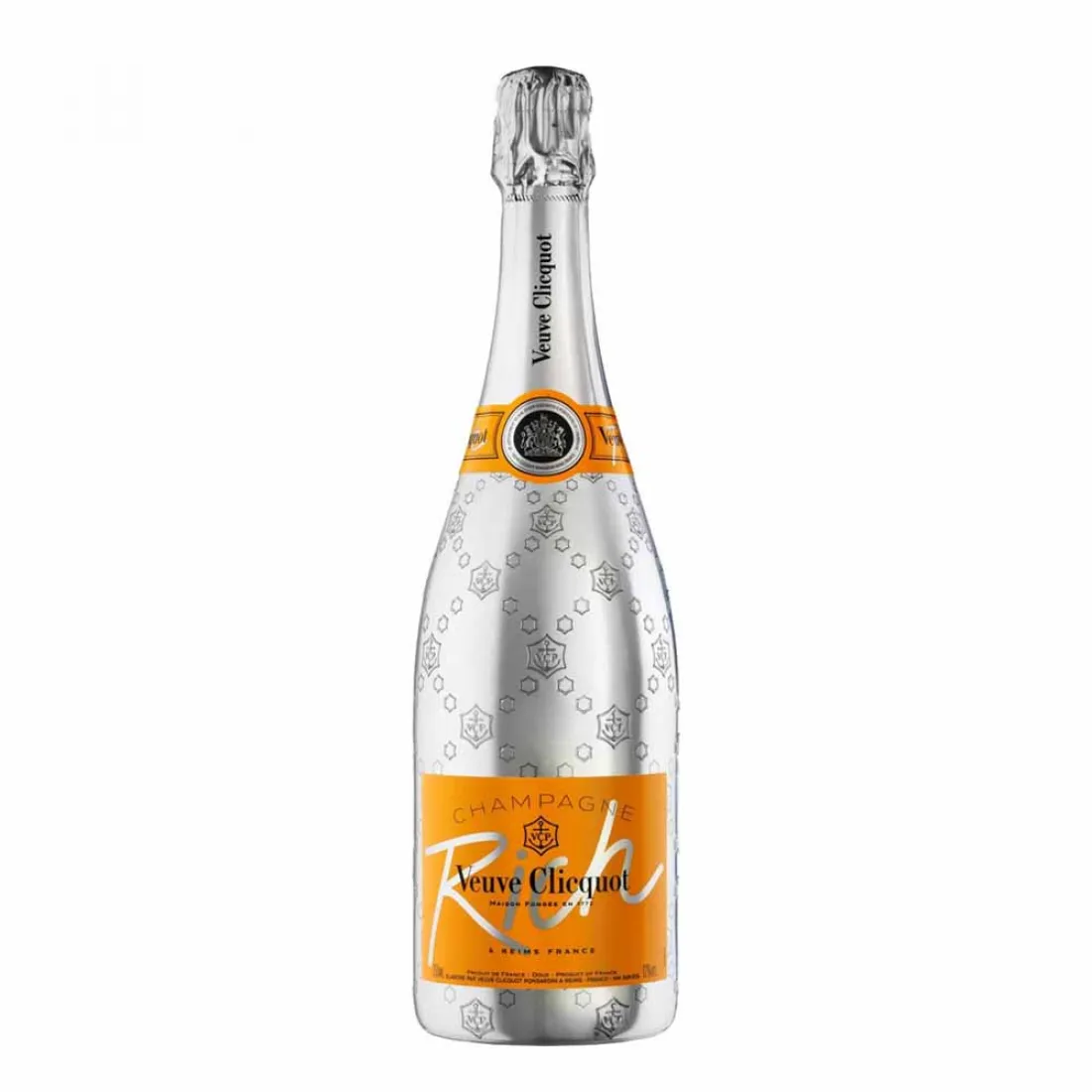
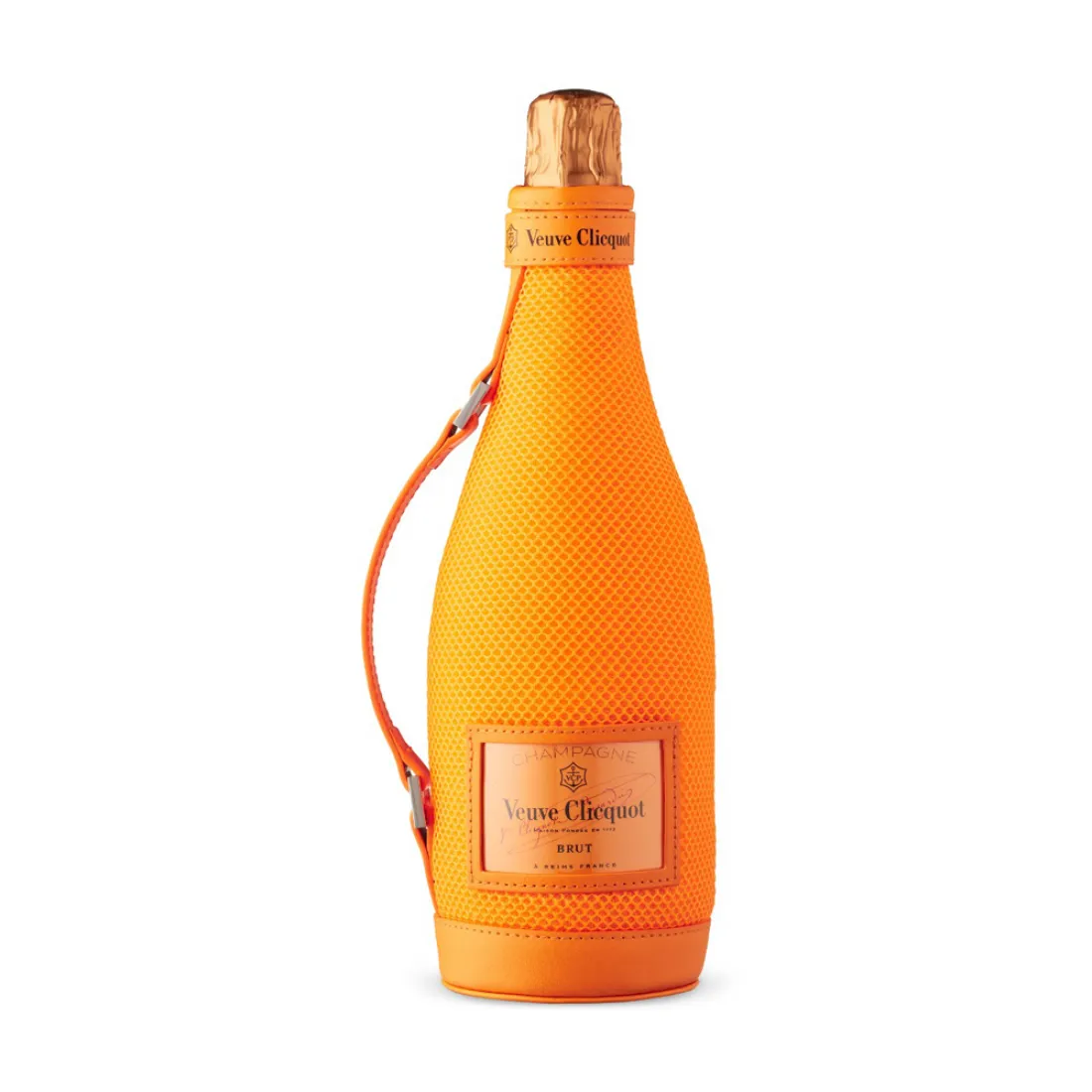

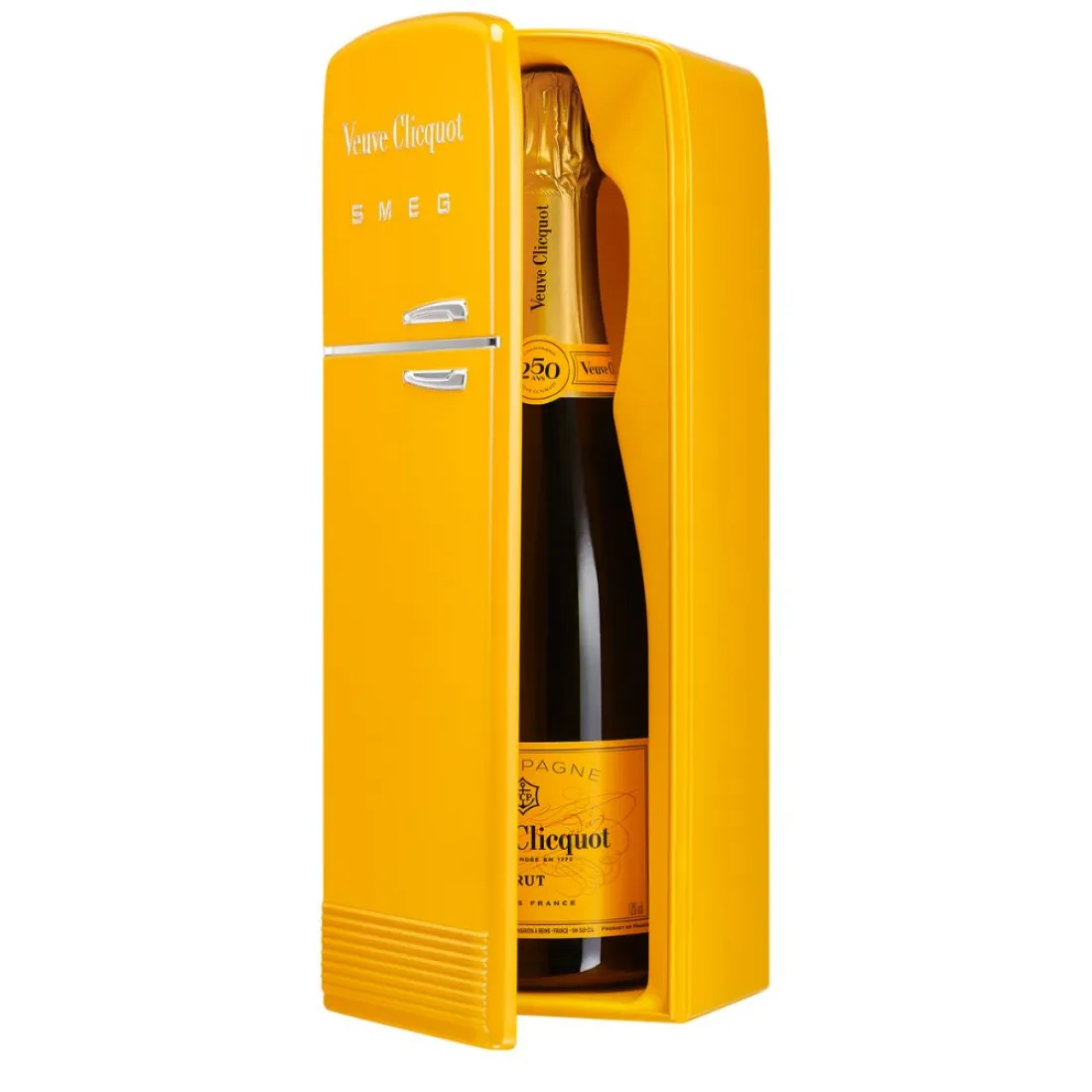
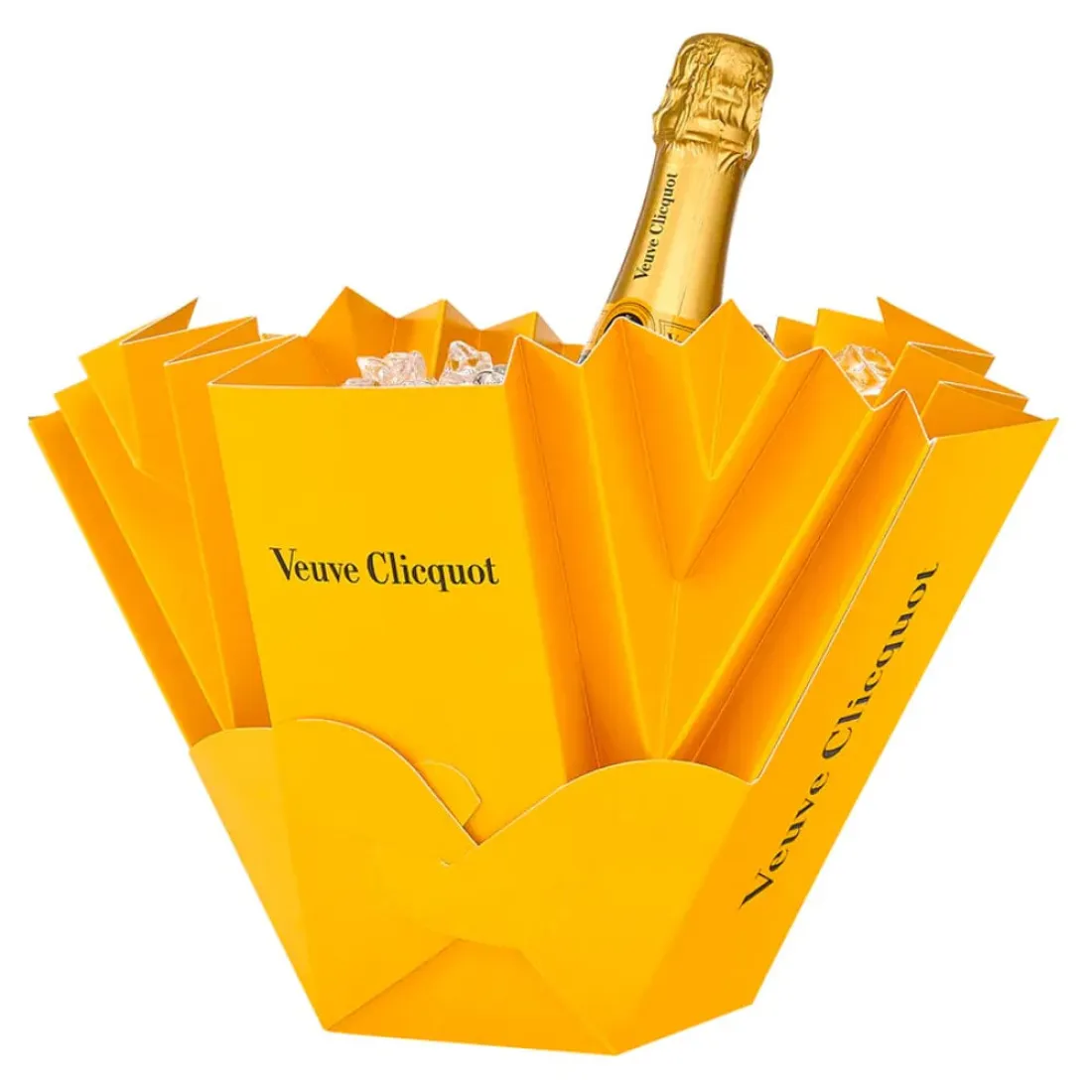
Leave a Comment